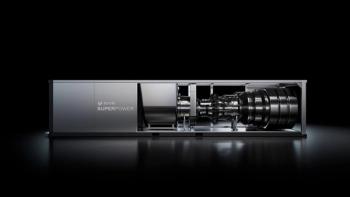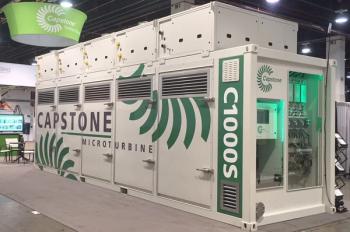
Pusher vs. non-pusher
Mechanical seals are typically categorized into two major types; pusher and non-pusher.
A pusher-type seal consists of a primary sealing ring assembled with an ‘O’ ring and springs (can be one or multiple). The purpose of this is to force the sealing fluid across the face and keep it from leaking to the ID (atmospheric) side of the seal. The dynamic ‘O’ ring is designed to move axially (be pushed) along the shaft or sleeve (in a cartridge seal). The surface underneath the dynamic ‘O’ ring must therefore be very smooth (< 32 RMS) to allow for this axial movement (hang up)
A non-pusher type seal consists of a bellows assembly. The bellows is a component that acts as both the load element (like a spring in a pusher type) and a secondary sealing element like an ‘O’ ring in a pusher type). Because the bellows prevents any leakage to the atmospheric side of the seal, and has a large clearance between itself and the shaft or sleeve it can move freely in the axial direction (no dynamic ‘O’ ring), reducing the potential for hang up. Pusher type seals are used more commonly in low S.G.(<0.7) services.
Pusher Seal Details
- Closing force supplied by springs
- Used in low temp. services
- ‘O’ ring secondary seals
- Used in light end services (ethylene, propane, methane, butane etc.)
Non-pusher Seal Details
- Closing force supplied by bellows (no dynamic ’O’ ring)
- Can be used in high temp services (metal bellows)
- Metal bellows use ‘grafoil’ secondary seals to handle high temperature
Newsletter
Power your knowledge with the latest in turbine technology, engineering advances, and energy solutions—subscribe to Turbomachinery International today.





